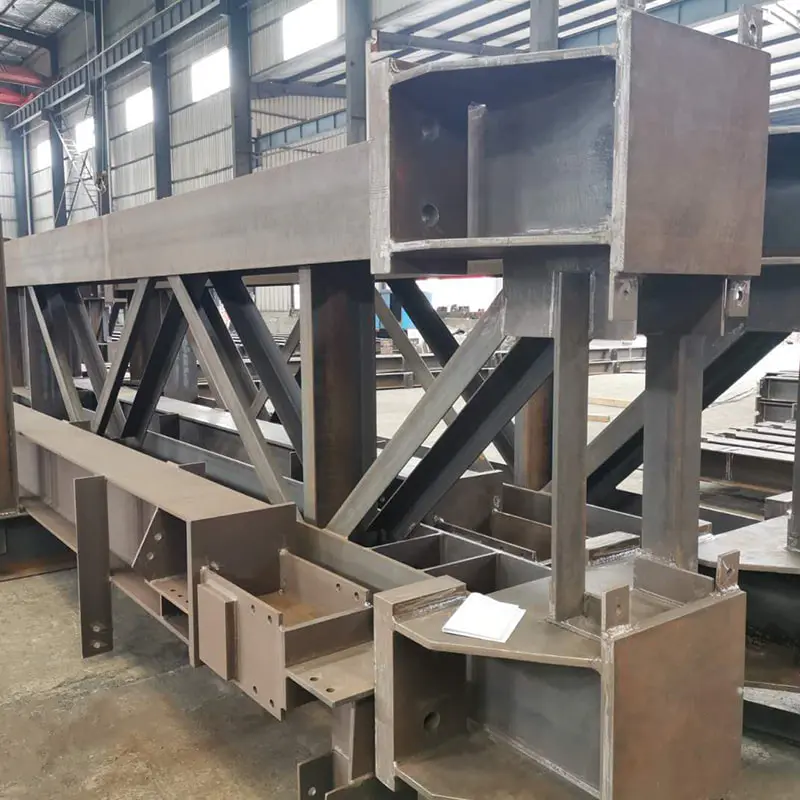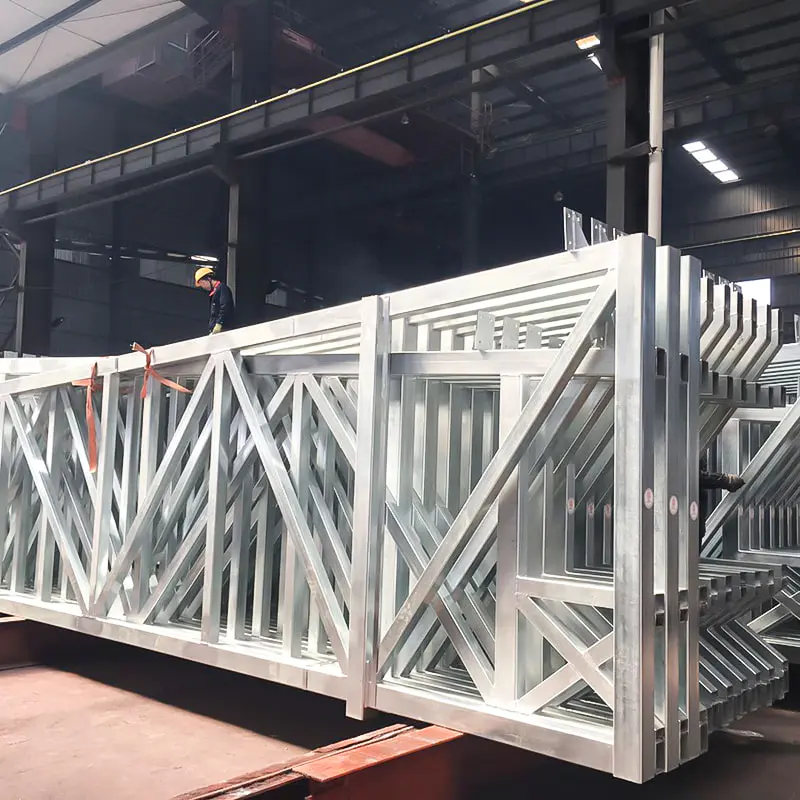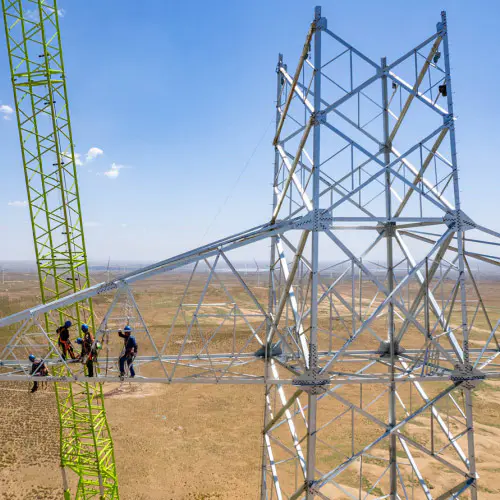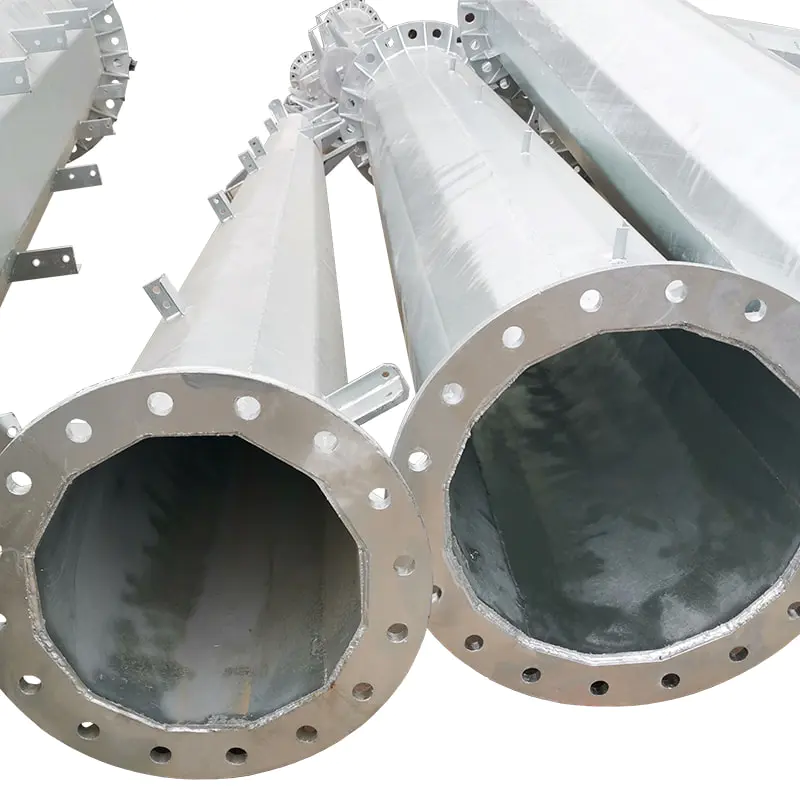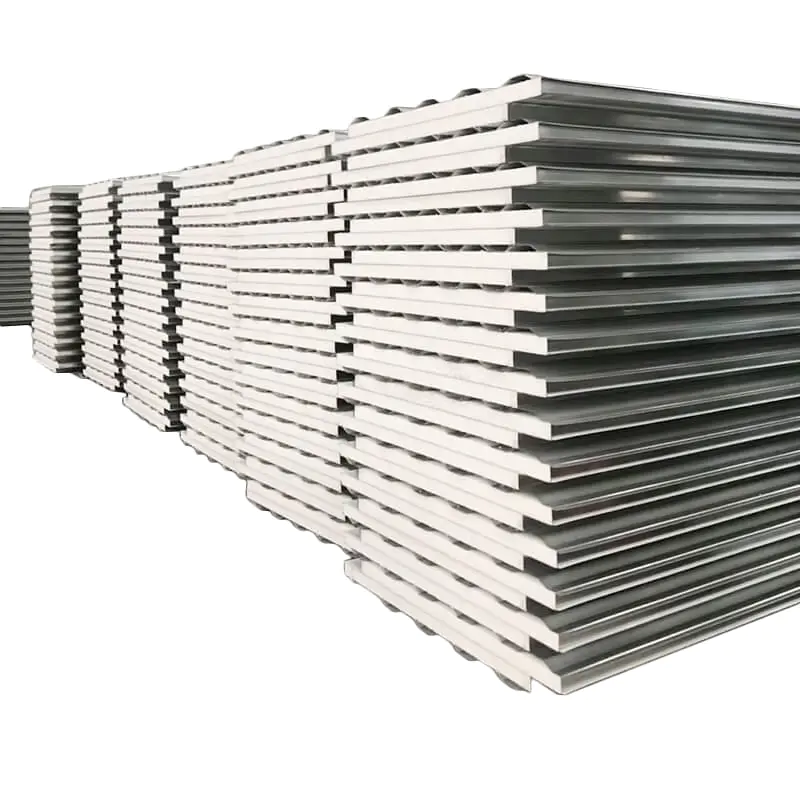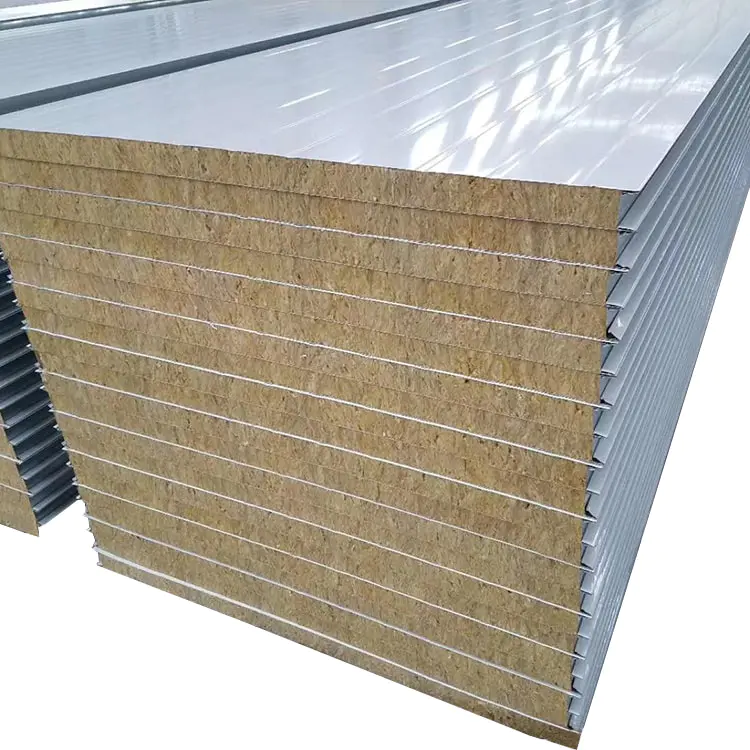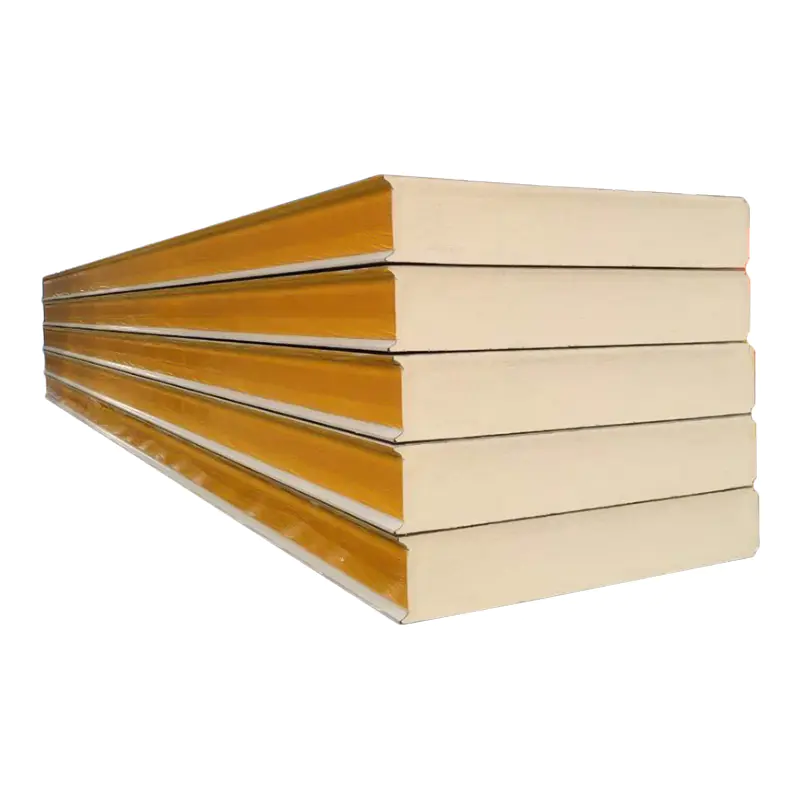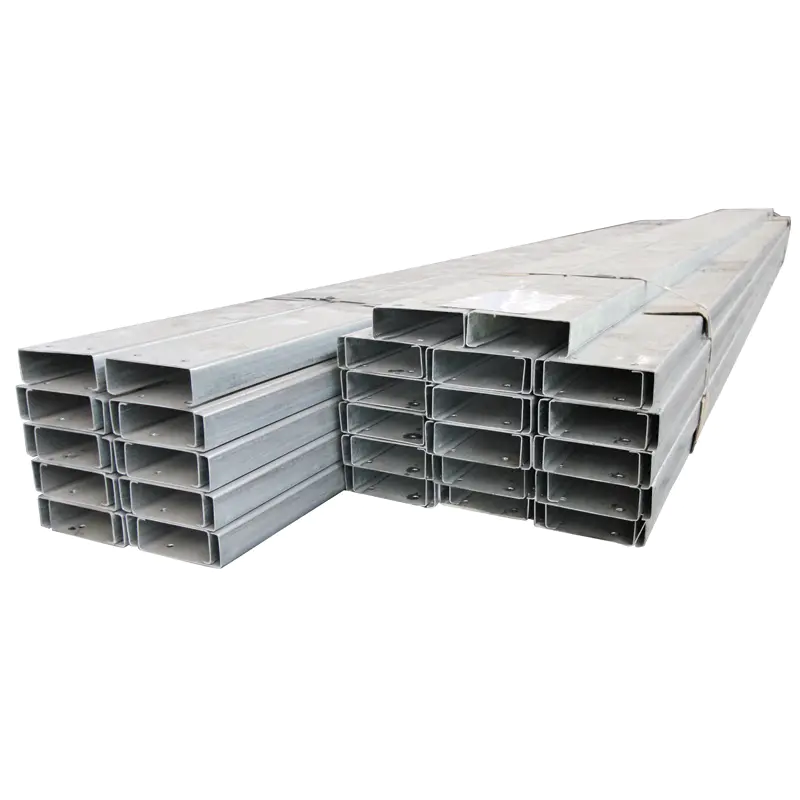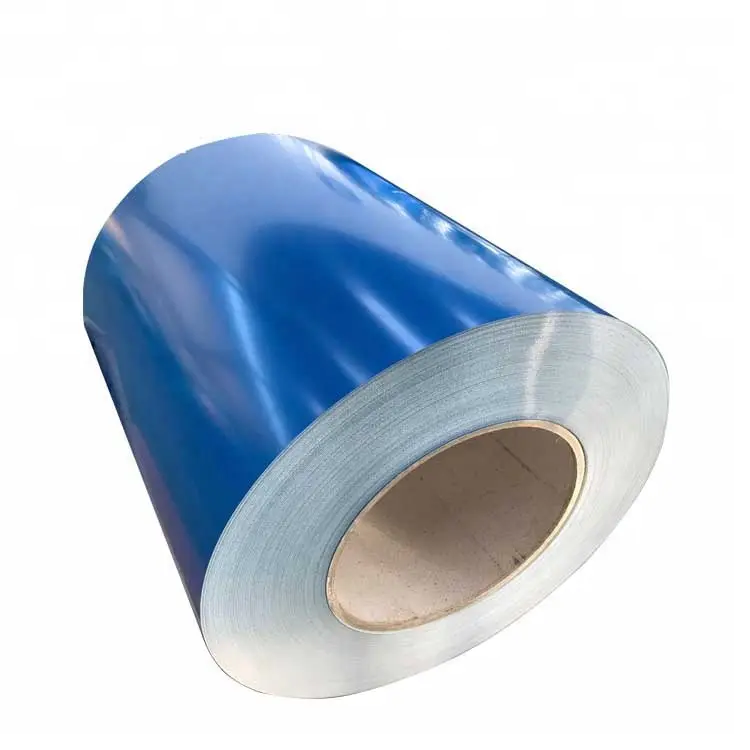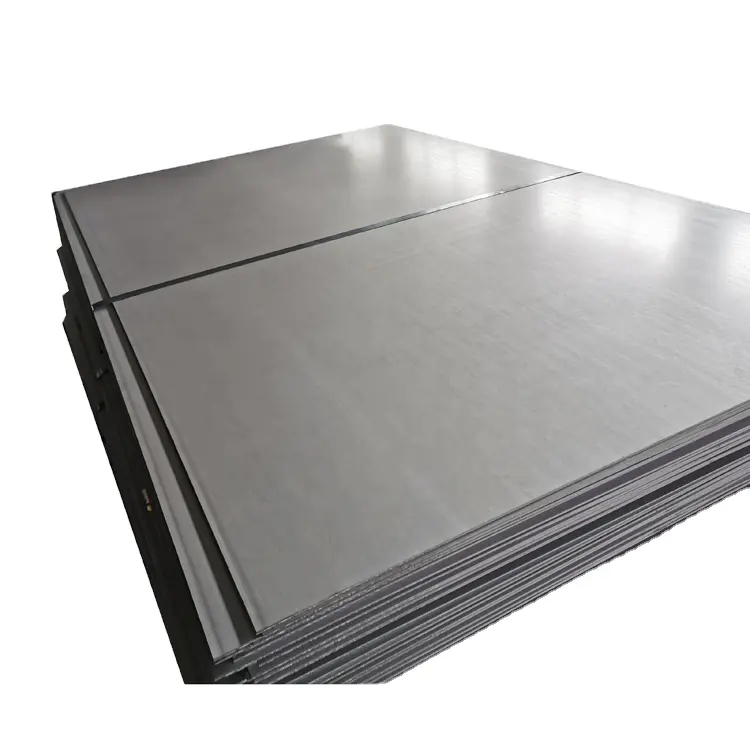Steel purlins are fundamental structural components in metal buildings, supporting roof and wall cladding while transferring loads to primary frames. Understanding their typical standardized sizes is crucial for efficient design, procurement, and construction.
1. Dominant Profile Types & Depth Ranges:
C-Purlins (Channels): Characterized by a C-shaped cross-section. Standard depths typically range from 4 inches (100mm) to 12 inches (300mm). Common depths include 4", 5", 6", 7", 8", 9", 10", 11", and 12 inches.
Z-Purlins: Feature a Z-shaped cross-section, offering advantages in nesting and continuous spans. Standard depths also commonly range from 4 inches (100mm) to 12 inches (300mm), with the same typical increments as C-purlins (4", 5", 6", 7", 8", 9", 10", 11", 12").
2. Flange and Leg Dimensions:
The width of the top and bottom flanges (for C-purlins) or the legs (for Z-purlins) correlates with the depth. Common flange/leg widths generally fall within these ranges:
1 5/8 inches (41mm) to 4 inches (102mm): Smaller widths are typical for lighter-duty or shallower purlins.
2 1/2 inches (64mm), 3 inches (76mm), and 4 inches (102mm) are very prevalent widths across the depth spectrum.
The lip (return leg or stiffener) at the end of the flange is commonly 1/2 inch (13mm) to 1 inch (25mm) in height. Standard lip heights like 0.75" (19mm) are frequently specified.
3. Material Thickness (Gauge):
Steel purlin thickness is specified by gauge (Ga) or decimal inches/millimeters. Common gauges are:
14 Gauge (~0.0747 in / 1.90 mm): Lightest standard, used for shorter spans or lighter loads.
12 Gauge (~0.1046 in / 2.66 mm): Most common for a wide range of applications.
10 Gauge (~0.1345 in / 3.42 mm): Used for longer spans, heavier loads (like snow), or higher wind conditions.
Thickness directly impacts the load-carrying capacity of the steel purlin. Engineers select gauge based on structural calculations.
4. Lengths:
Steel purlins are typically roll-formed to specific project lengths based on the building's bay spacing and design requirements.
They are commonly supplied in single lengths spanning one bay (e.g., 20ft, 25ft, 30ft, 35ft, 40ft - or 6m to 12m).
Lapped connections are standard practice, where purlins overlap over supports (like rafters or girts), usually by 12 to 24 inches (300mm to 600mm) depending on depth and loading. This allows for continuous spans longer than a single piece.
Butt splices using connectors are also used but less common than lapping for standard applications.
5. Standardization and Customization:
Major manufacturers produce steel purlins to established industry standards (like ASTM standards in North America, EN standards in Europe, or specific national codes). This ensures consistency in dimensions, mechanical properties, and quality.
While the profiles and depth/flange width combinations listed above represent the typical and readily available standard sizes, manufacturers can often produce custom depths or unique profiles for specialized projects. However, standard sizes offer significant cost and lead-time advantages.
Key Considerations for Selection:
The optimal size of steel purlins for a specific project is not determined solely by availability. It is a result of structural engineering calculations considering:
Span: Distance between primary supports.
Spacing: Distance between adjacent steel purlins.
Design Loads: Dead loads (weight of roof/wall), live loads (maintenance, equipment), environmental loads (wind uplift, snow accumulation), and seismic loads.
Cladding Type: Weight and spanning capability of the roofing or siding material.
Building Code Requirements: Local regulations dictate minimum design standards.
Steel purlins are predominantly manufactured in standardized C and Z profiles with depths ranging from 4 to 12 inches (100mm to 300mm), flange/leg widths commonly between 1 5/8" and 4" (41mm to 102mm), and thicknesses typically 14, 12, or 10 gauge. These standard sizes, produced to meet recognized industry specifications, provide a cost-effective and readily available solution for the vast majority of pre-engineered and structural steel building applications. Final sizing must always be determined by a qualified structural engineer based on the specific project's load requirements and geometry.


